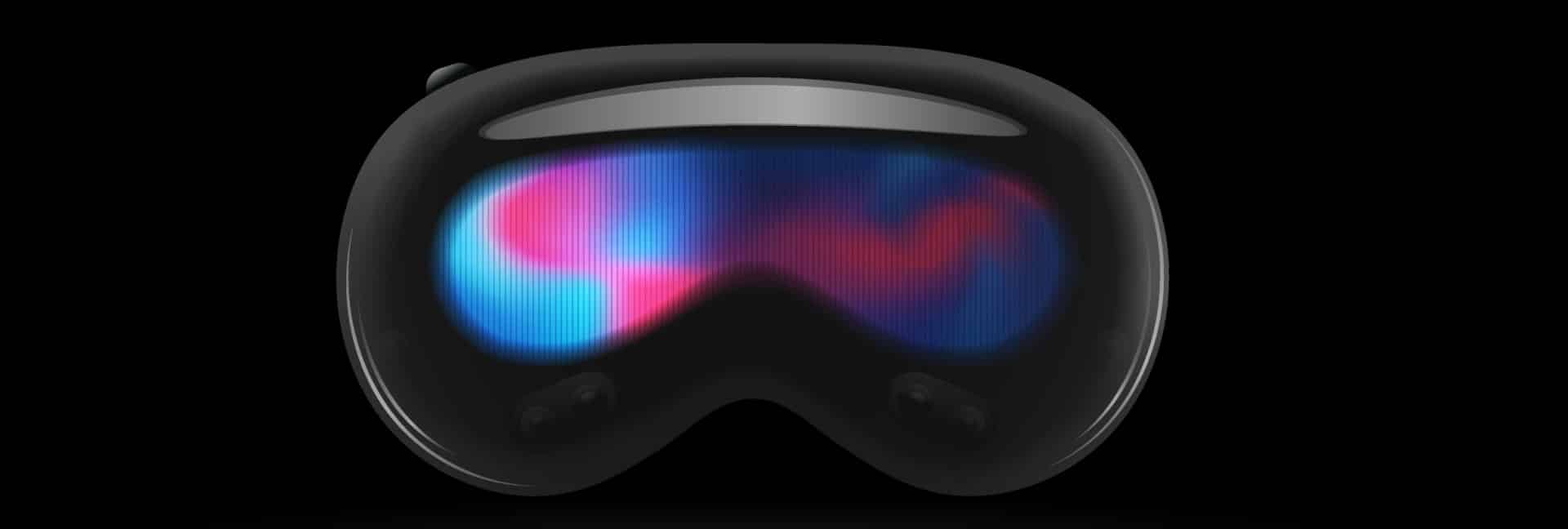![]() The PSVR has turned out to be more than just a fad for Sony. While the PS4 add-on is still certainly niche compared to sales of PS4s, the Japanese gaming giant has shifted a lot of PSVR headsets. In December of 2017 the company announced that there were now two million PSVRs in the wild. That means about one in every 35 PS4s today has a PSVR to go with it. Not too shabby for an entirely new consumer technology category.
The PSVR has turned out to be more than just a fad for Sony. While the PS4 add-on is still certainly niche compared to sales of PS4s, the Japanese gaming giant has shifted a lot of PSVR headsets. In December of 2017 the company announced that there were now two million PSVRs in the wild. That means about one in every 35 PS4s today has a PSVR to go with it. Not too shabby for an entirely new consumer technology category.
Sony is however looking to the future already and has formed Japan Display along with Hitachi and Toshiba. These are three of the most eminent names in high-technology, so it’s pretty exciting to see them involved in a venture linked to VR.
More Pixels!
The first fruits of this power trio partnership have now been announced. Two LCD panel models with incredibly high pixel densities are nearing the point where they will go into consumer VR devices.
The lower-end model has a PPI (pixels per inch) of 803 with the high-end model squeezing 1001 pixels into the same space. The 803 PPI model is 3.6” and the 1001 PPI model is 3.25”. Refresh rates are 90Hz and 120Hz respectively.
To demonstrate the difference these high pixel densities make, Japan Display provide this little image.

Given the distance that these panels are from the eye, you can see that the high pixel density really makes a difference. At these panel sizes there would presumably be one panel per eye.
A Big Step Up
If you think about the pixel density of the best smartphone screens, you’ll get a good idea of how much these new panels improve on the state of the art. Apple marketed their “Retina” displays as screens with such high pixel densities that if you held them at the typical distance from your eyes you would be unable to make out individual pixels. Steve Jobs pegged this number at about 300 PPI, but modern phones have far surpassed this figure. The latest Samsung Galaxy flagship, the S9, has a PPI of 570. Almost double the minimum needed to qualify as a Retina display.
The screens in the Vive Pro are rated at 615 PPI and the current PSVR at a mere 386 PPI. If these screens are available to put into devices after 2019 as Japan Display has announced, it means a new generation of VR HMDs with far greater clarity than we know today.
Of course, that means having to generate even more pixels, so there might be a period where graphics hardware just can’t keep up. Meaning that the true impact of these newer screens won’t be felt until complementary technologies catch up.







